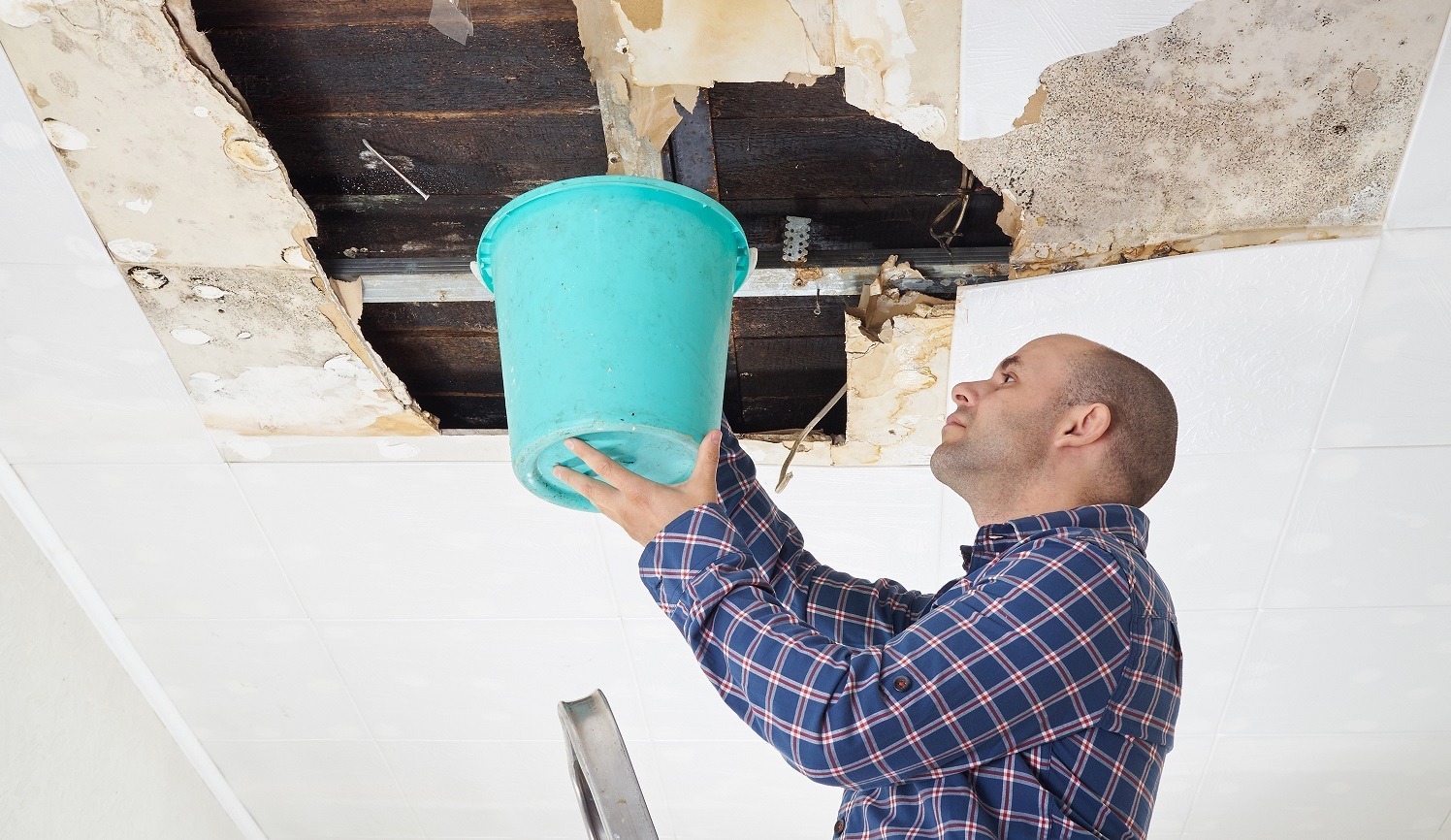6 Water Damage Reconstruction Do's and Don'ts.
6 Water Damage Reconstruction Do's and Don'ts.
Blog Article
How do you feel when it comes to Reducing Your Risk Of Water And Fire Damage At Home?

Water gives life, water breach on parts where it's not supposed to be can result in damages. Homes with water damage smell old as well as musty.
Water can come from lots of resources such as tropical cyclones, floods, burst pipelines, leakages, and drain concerns. In case you experience water damages, it would be excellent to understand some safety and security precautions. Right here are a couple of guidelines on how to deal with water damage.
Do Prioritize House Insurance Coverage Coverage
Water damage from flooding as a result of heavy winds is seasonal. Nevertheless, you can likewise experience an abrupt flooding when a malfunctioning pipeline suddenly bursts into your house. It would be best to have home insurance coverage that covers both disasters such as natural calamities, and emergencies like busted plumbing.
Don't Forget to Turn Off Energies
In case of a calamity, particularly if you reside in a flood-prone location, it would be advisable to switch off the major electric circuit. This removes power to your whole home, stopping electric shocks when water is available in as it is a conductor. Furthermore, do not fail to remember to switch off the primary water line shutoff. When floodwaters are high, furnishings will move and trigger damage. Having the major valve turned off avoids further damages.
Do Stay Proactive and Heed Weather Condition Signals
Tornado floodings can be extremely unpredictable. Stay positive and ready if there is a history of flooding in your area. If you live near a river, creek, or lake , pay attention to discharge warnings. Secure valuables from the first stage and basement, then placed them on the highest possible level. Doing so reduces potential property damage.
Do Not Neglect the Roofing System
You can stay clear of rain damage if there are no holes and leakages in your roofing system. This will certainly prevent water from moving down your walls and also saturating your ceiling.
Do Focus On Little Leakages
A ruptured pipe does not happen over night. Normally, there are warnings that indicate you have deteriorated pipelines in your house. You might discover bubbling paint, peeling off wallpaper, water touches, water spots, or leaking sounds behind the walls. At some point, this pipe will certainly break. Preferably, you need to not wait on things to escalate. Have your plumbing repaired prior to it leads to enormous damage.
Do Not Panic in Case of a Burst Pipe
When it comes to water damages, timing is key. Thus, if a pipeline bursts in your house, right away shut off your primary water shutoff to cut off the source. Call a trusted water damage remediation expert for support.
Water offers life, water intrusion on components where it's not meant to be can result in damages. Houses with water damage scent mildewy and old.
Water damage from flooding dues to hefty winds is seasonal. You may see gurgling paint, peeling wallpaper, water streaks, water stains, or leaking sounds behind the walls. When it comes to water damages, timing is essential.
Some Do's & Don't When Dealing with a Water Damage
DO:
Make sure the water source has been eliminated. Contact a plumber if needed. Turn off circuit breakers supplying electricity to wet areas and unplug any electronics that are on wet carpet or surfaces Remove small furniture items Remove as much excess water as possible by mopping or blotting; Use WHITE towels to blot wet carpeting Wipe water from wooden furniture after removing anything on it Remove and prop up wet upholstery cushions for even drying (check for any bleeding) Pin up curtains or furniture skirts if needed Place aluminum foil, saucers or wood blocks between furniture legs and wet carpet Turn on air conditioning for maximum drying in winter and open windows in the summer Open any drawers and cabinets affected for complete drying but do not force them open Remove any valuable art objects or paintings to a safe, dry place Open any suitcases or luggage that may have been affected to dry, preferably in sunlight Hang any fur or leather goods to dry at room temperature Punch small holes in sagging ceilings to relieve trapped water (don't forget to place pans beneath!); however, if the ceiling is sagging extremely low, stay out of the room and we'll take care of it DO NOT:
Leave wet fabrics in place; dry them as soon as possible Leave books, magazines or any other colored items on wet carpets or floor Use your household vacuum to remove water Use TV's or other electronics/appliances while standing on wet carpets or floors; especially not on wet concrete floors Turn on ceiling fixtures if the ceiling is wet Turn your heat up, unless instructed otherwise

Do you appreciate reading about What You Can Do At Home To Prevent Fire And Water Damage? Try to leave feedback below. We would be interested to listen to your ideas about this write-up. We are looking forward to see you back again in the future. If you liked our blog post plz do not forget to share it. Thanks a lot for your time. Kindly come by our website back soon.
Report this page